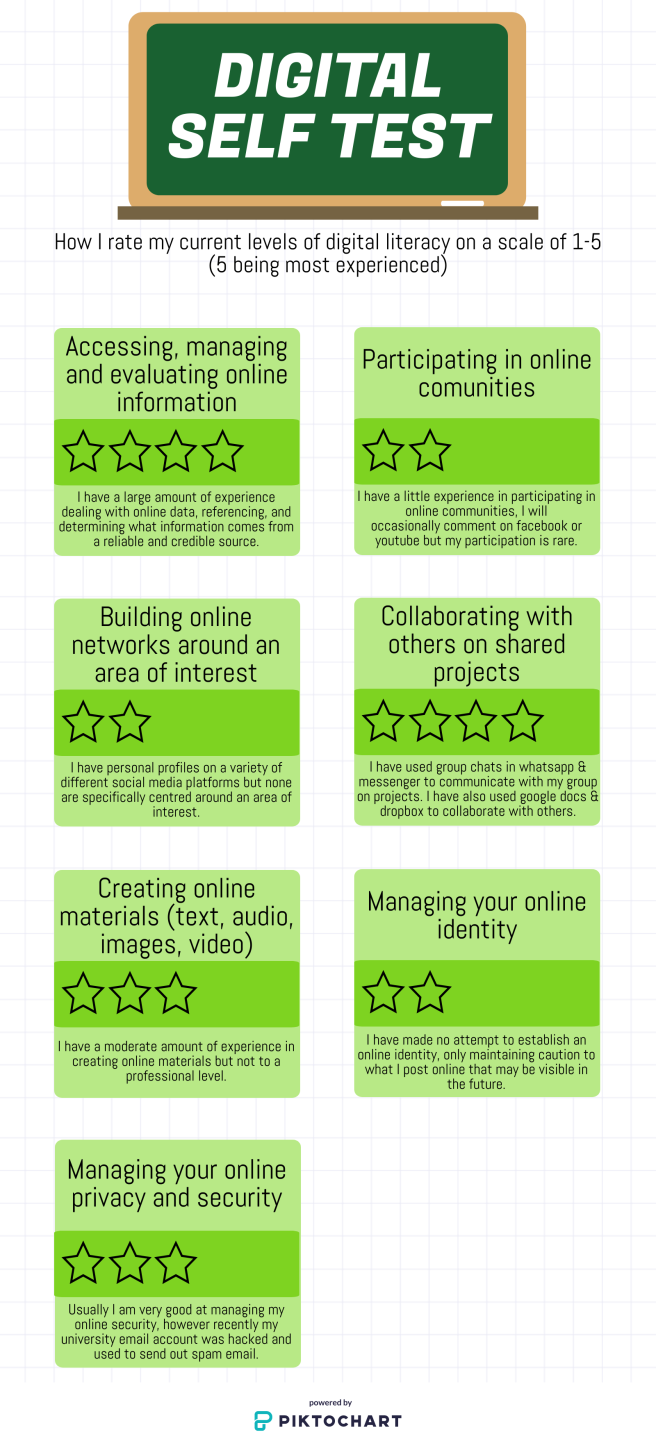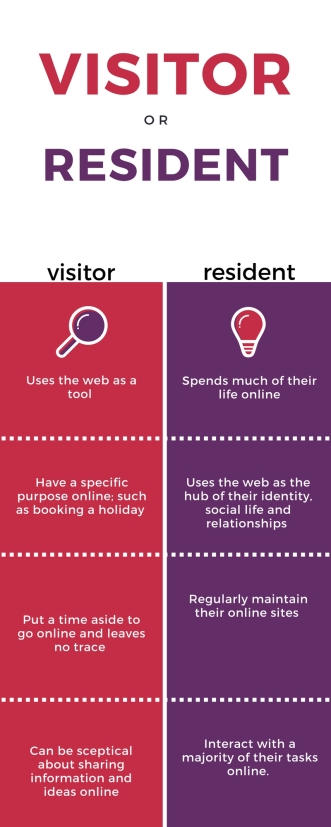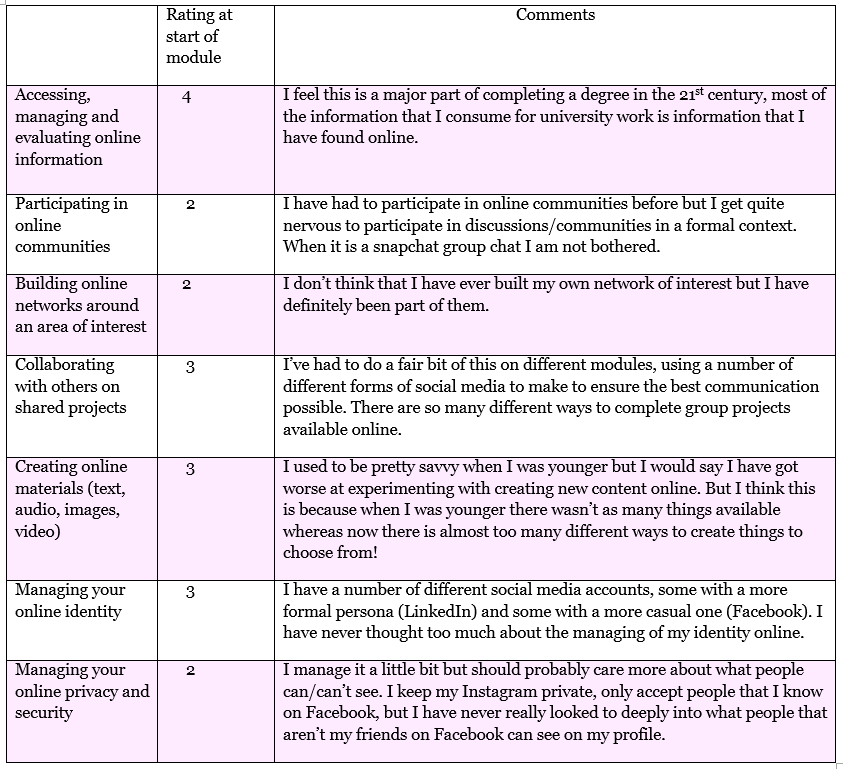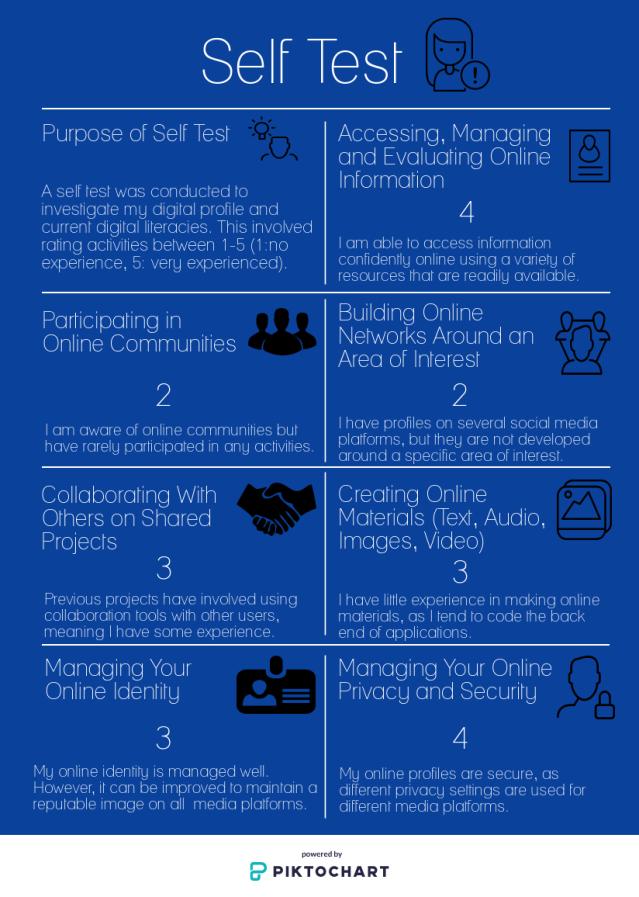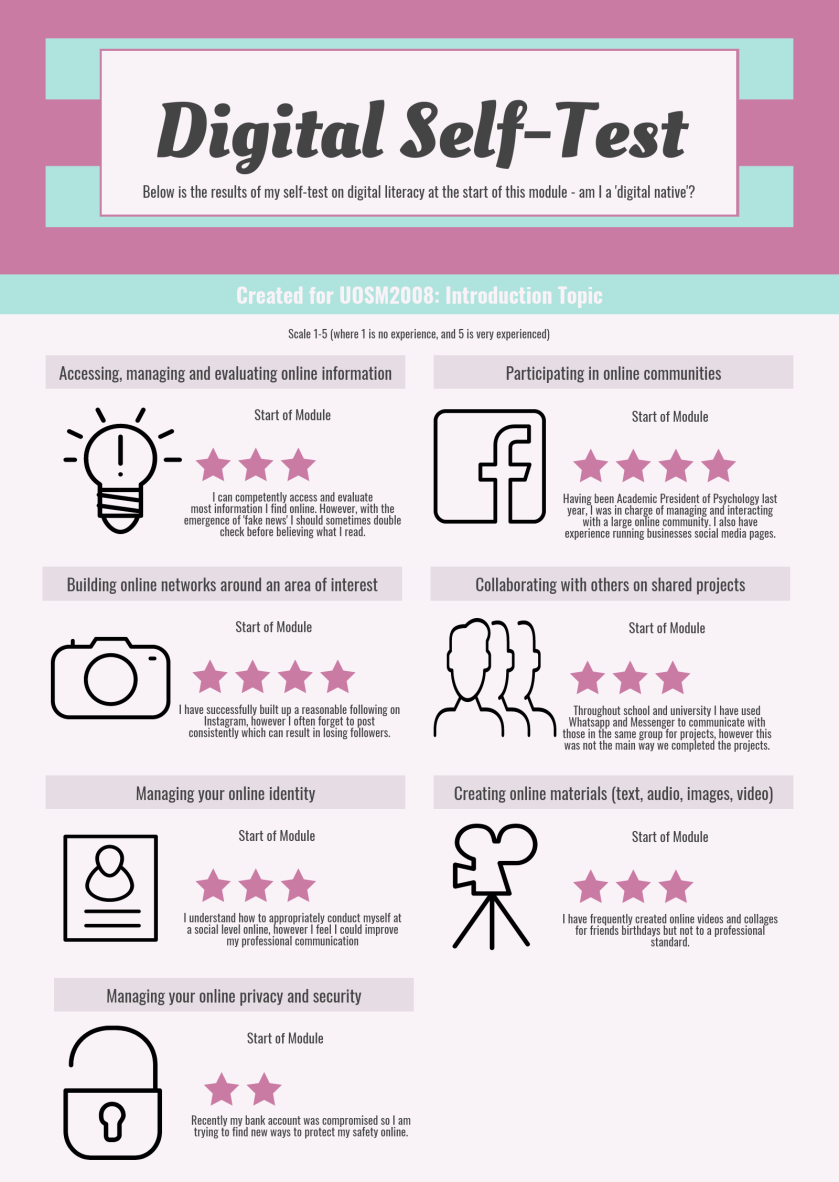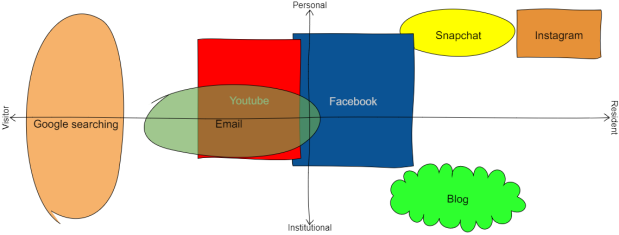
Introductory Topic: Digital Visitors & Residents – UOSM2008
I chose this module as I am studying Web Science on the social science pathway, and I was interested in the intersection between this particular module and my degree. Web science explores the socio-technical aspects of the web such as the social shaping of technology. That is to say how the development of technology is a two way process.
Continue reading →



